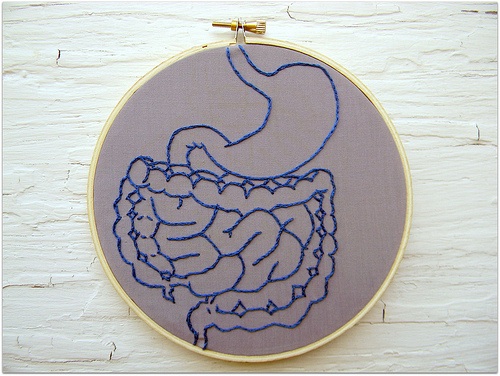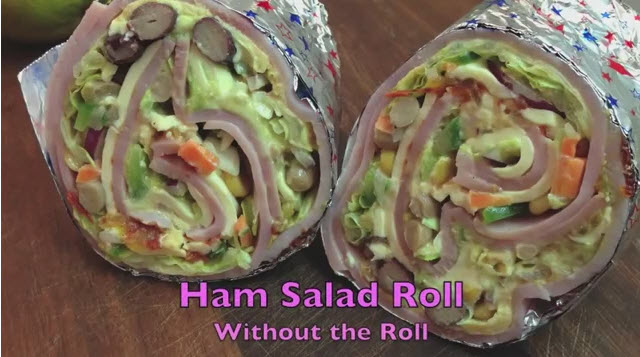ADHD Diet or GAPS Diet
This article will discuss ADHD Diet or GAPS Diet GAPS stands for Gut and Psychology Syndrome, which was coined by the Russian-born physician, Natasha Campbell-McBride.
Dr. Natasha’s son was diagnosed with autism with the gaps diet at the age of three. As a mother and a doctor, she set out to find healing for her son.
After countless hours of research and two post-doctoral degrees (in Neurology and Human Nutrition), Dr. Natasha found a solution, with the ultimate natural treatment adhd diet.
Inspired by the Specific Carbohydrate Diet, (popularized by Elaine Gottschall, biochemist and author of Breaking the Vicious Cycle) Dr. Natasha developed a protocol designed to re-balance the intestinal flora and heal the lining of the gut. Thus revealing that diet the ultimate natural treatment is the best way to address the condition.
Some of you are now wondering: What does gaps diet the ultimate natural healing the lining of the gut have to do with Autism?
Well, apparently a lot. In fact, the intestines are sometimes referred to as the “second brain.” And Dr. Natasha believes that the state of our gut determines not only our digestive health, but (at least in part) our mental health and our immune function as well.
It is possible to take action in recovering from autism with the right nutrition.
Which leads to a quick lesson in gut physiology explains ADHD Diet or GAPS Diet.
The average healthy adult intestinal tract houses around 4 pounds of bacteria! In fact, we are covered (head to toe) with millions of microbes.
And the truth is that we couldn’t live without them. The bacteria and other micro-creatures living in and on us perform more functions for us than we could ever imagine.
In the gut specifically, you’ll find three types of microbes: beneficial (the good), opportunistic (the indifferent and potentially bad) and transitional (just passing through).
These bacteria, yeasts, fungi, etc (referred to as flora) line the walls of our intestines like a thick carpet forming a protective barrier.
When our beneficial flora is correctly balanced, it rules the roost: keeping opportunistic and transitional flora at lower, healthy levels as well as producing antibiotic-like substances that engage the immune system to keep us healthy.
The lining of our digestive tract is not smooth; rather it consists of finger-like projections called villi. And the villi are covered with cells called enterocytes.
The health of our enterocytes are very important since they are responsible for absorbing nutrients from the food we eat. Baby enterocytes are born in the “valleys” between the villi projections then migrate to the top of the villi where they die.
Therefore, a healthy gut depends on the enterocytes’ ability to regenerate quickly and constantly. And enterocytes cannot regenerate quickly if the gut bacteria is out of whack–so you can see how our gut health hinges on the health of our flora!
So when our healthy bacteria is out of balance, enterocytes cannot perform their job correctly and we do not absorb the nutrients we need for optimal health–resulting ultimately in nutritional deficiencies.
And when our beneficial bacteria is compromised, opportunistic bacteria and harmful transitional bacteria are left unchecked and can grow out of control–producing many other problems (too many to describe here). But the long and short of it is that pathogenic bacteria constantly produce toxic byproducts.
These toxins pass through the lining of the gut (because it is not lined with beneficial flora as it’s protective barrier) and get into the bloodstream which can cause all sorts of problems including brain dysfunction.
You can see the how our physical and mental health teeters on the healthy function of our intestinal bacteria. Check out this list of health conditions that have been addressed by using GAPS as a treatment for healing the gut. Amazing, huh? I think it’s a testament to how innately interconnected our body systems really are.
The GAPS program, simplified.
So back to why we’re doing this. We know that our son has imbalanced gut flora. Stool tests have revealed an overgrowth of Candida (a pathogenic yeast when overpopulated) and an absence of Lactobacillus (a benefical bacteria).
But why?
Well, I’ll be writing a more detailed account about how parents pass on their gut flora to their children and how the overuse of antibiotics, birth control pills and other environmental toxins wipe out beneficial bacteria in our intestines.
This is essentially what has happened to us. I’ve struggled with symptoms related to yeast overgrowth and mercury toxicity since childhood brought on by several factors which I’ll explain in my upcoming post.
But simply put, I passed on imbalanced flora and heavy metals to my son setting him up for the food sensitivities and digestive issues he has today.
But just to be clear: flora is shared by an entire family. The father contributes to what is passed on to children as well since his flora is passed to the mother with sexual contact. Ideally then, GAPS should be a family treatment aimed to re-balance the inner ecology of each member.
Here is a breakdown of the program:
Dietary Changes—
The most intensive and life-changing (yet essential) part of the program. It includes the absolute removal of all complex sugars and carbohydrates. Remember the enterocytes from above? Well they work hardest to digest complex sugars and carbohydrates. The diet aims to heal the intestinal lining by giving the enterocytes a resting period and a chance to rejuvenate–finding their rhythm once again.
Supplementation—
While the intestines are healing, we use supplementation to help restore the body’s correct balance of bacteria, assist and aid digestion as needed, and correct any vitamin/mineral deficiencies. This is tailored to the individual.
Detoxification and Lifestyle Changes—
We use gentle methods to help the body rid itself of accumulated toxins. We also remove all possible environmental toxins (found in beauty products, cleaning agents, etc) to prevent further build up of toxic substances in the body.
Now that you know what GAPS is, I’ll be posting regular updates on our progress, trials and tribulations as well as recipes and tips for those of you also embarking on this journey toward healing the gut. It has not been an easy road and only time will tell if this is the answer to restoring balance for our son. Please feel free to ask any questions you have in the comments below.







